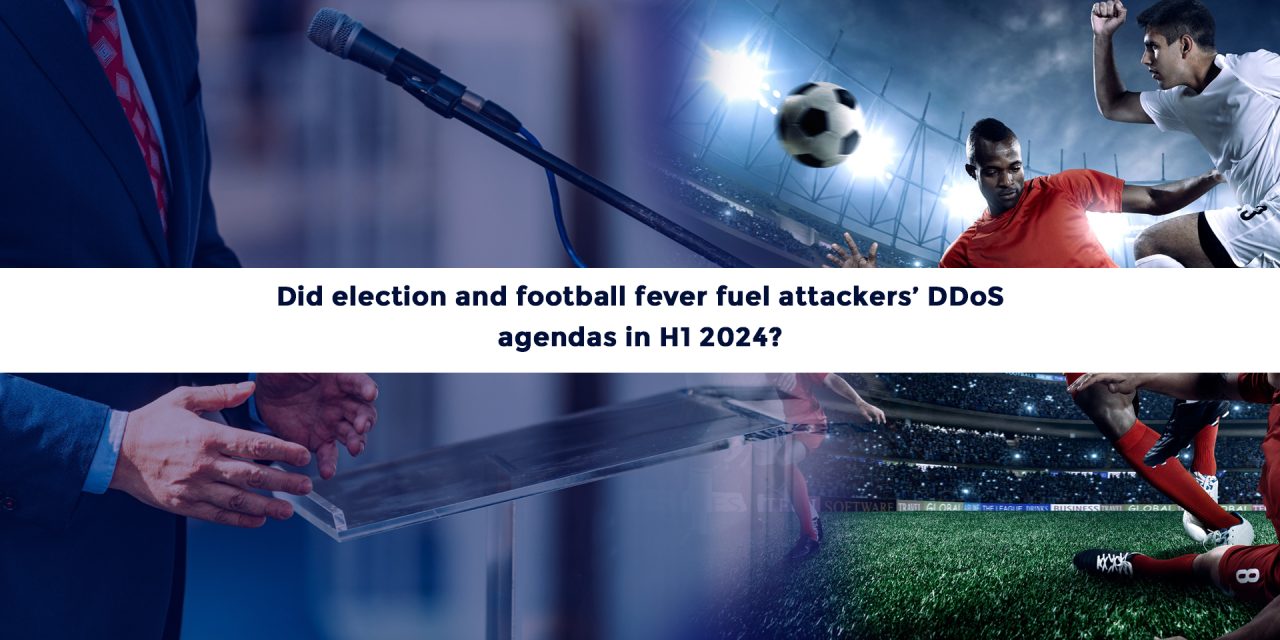According to one DDoS protection firm’s H1 2024 data, more such attacks can be expected in the current half of 2024
In analyzing its customer Distributed Denial of Service (DDoS) protection ecosystem metrics for the first half of 2024, a cybersecurity firm specializing in this form of cybersecurity has released a report of findings.
First, the DDoS attacks in its ecosystem had increased by 102% year-over-year (YoY) for H1 2024, with customers in the government sector accounting for 29% of all incidents recorded — a 116% YoY increase. Those in the entertainment and finance sectors were the second- and third- most targeted, accounting for 16% and 14% of attacks respectively. This was an 81% and 74% YoY increase for the entertainment and finance sector customers respectively, for H1 2024.
Second, a breakdown of the H1 data shows that the USA customers had the highest number of attacks (12.8%), followed by those in China (11.3%) and France (10.4%). Customers in government were the hardest hit, with DDoS traffic peaking during election periods. Another correlation in DDoS attack intensity was with significant attacks during the UEFA Euro 2024 matches, with a 650Gbps attack encountered on 16 June 2024.
Third, the average botnet size in H1 2024 was quadruple the 5,000 devices measured for H1 2023. This growth had allowed hackers to launch larger DDoS attacks, with the largest incident on the firm’s records peaking at 1.5Tbps. Overall, DDoS attacks carried out in a fashion similar to carpet bombing were more prevalent, targeting multiple IPs to overwhelm entire networks. Additionally, there was an increase in multi-vector attacks using DDoS techniques targeting more than one layer of the OSI model for maximum damage.
According to StormWall, the firm that released its H1 2024 data, government services and election infrastructure should be prepared for increased attention from sophisticated threat actors in the second half of 2024. The firm has also noted that profit-driven attacks (as opposed to hacktivism-linked motives) had become more common in its customers in some regions, particularly targeting the financial sector.

















